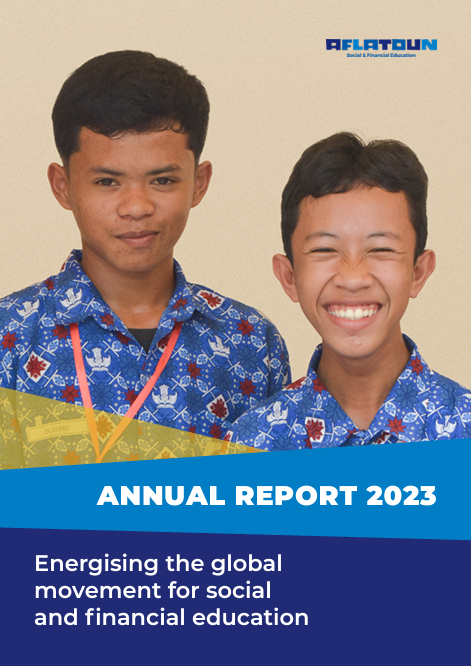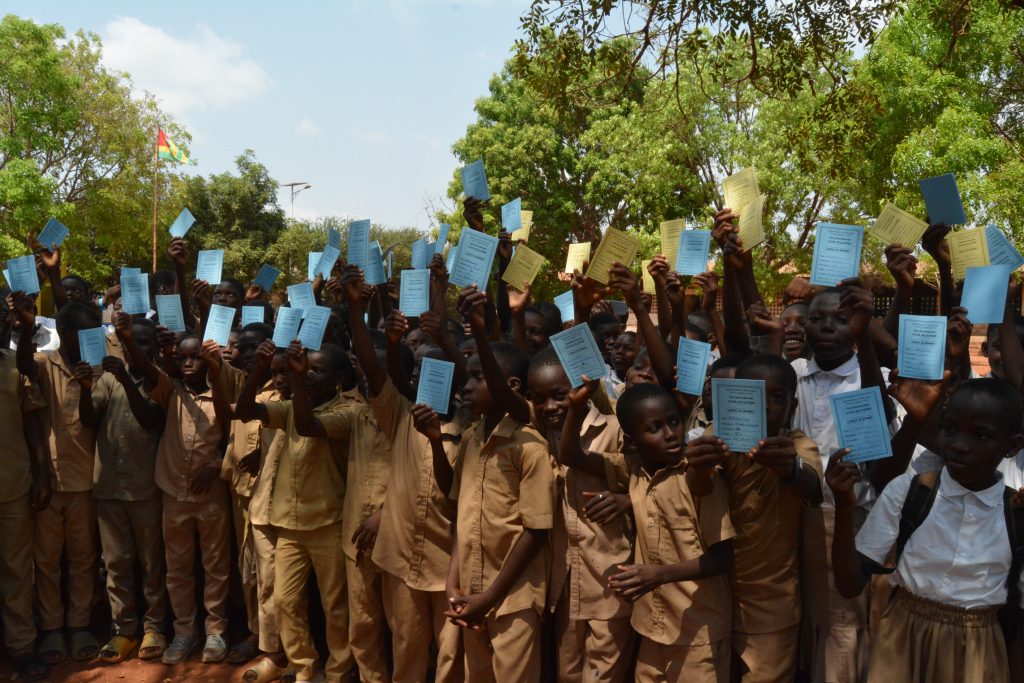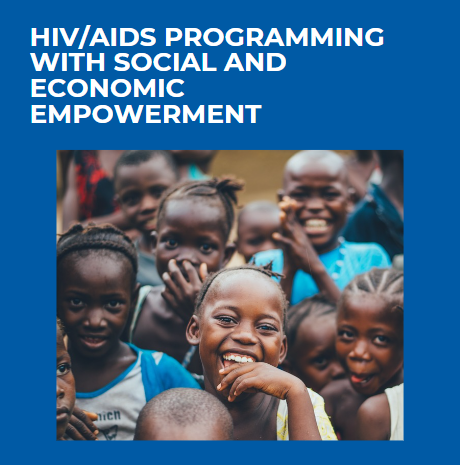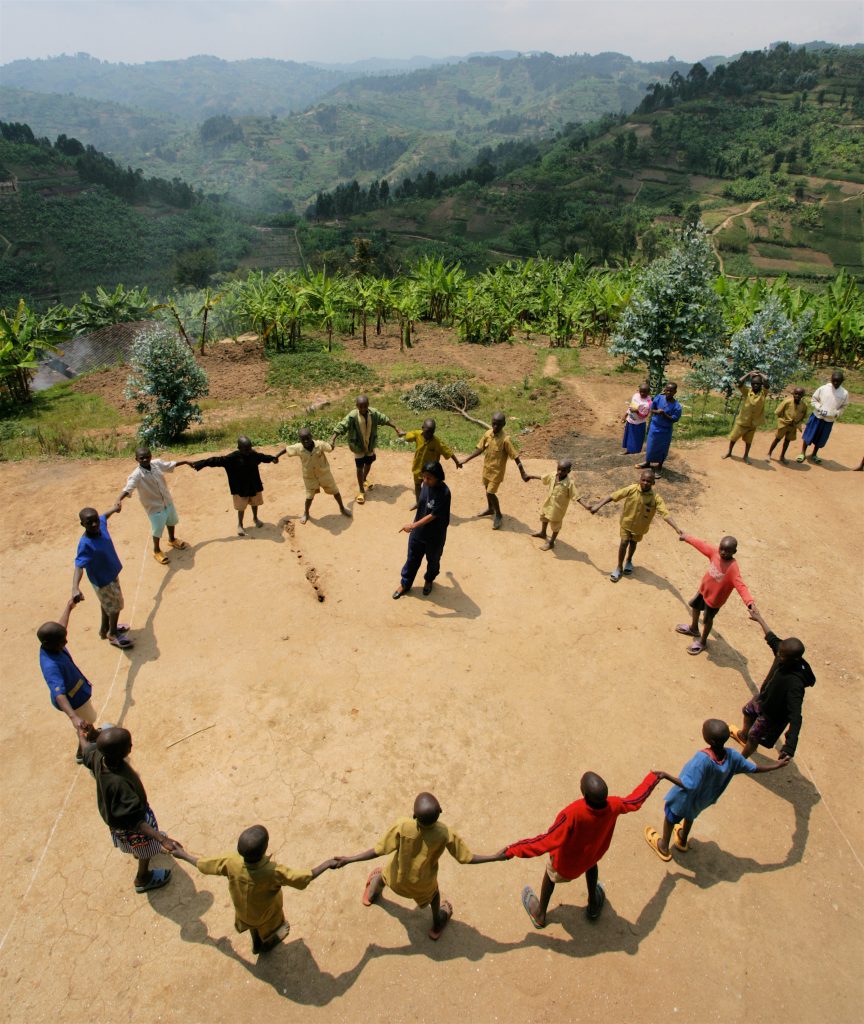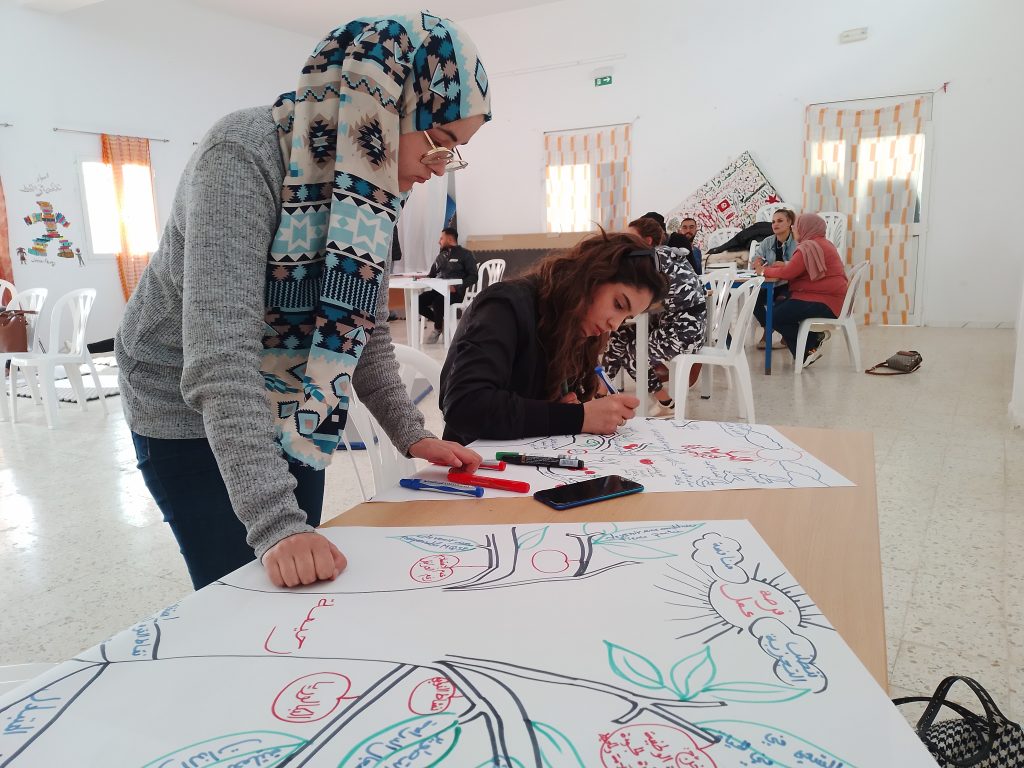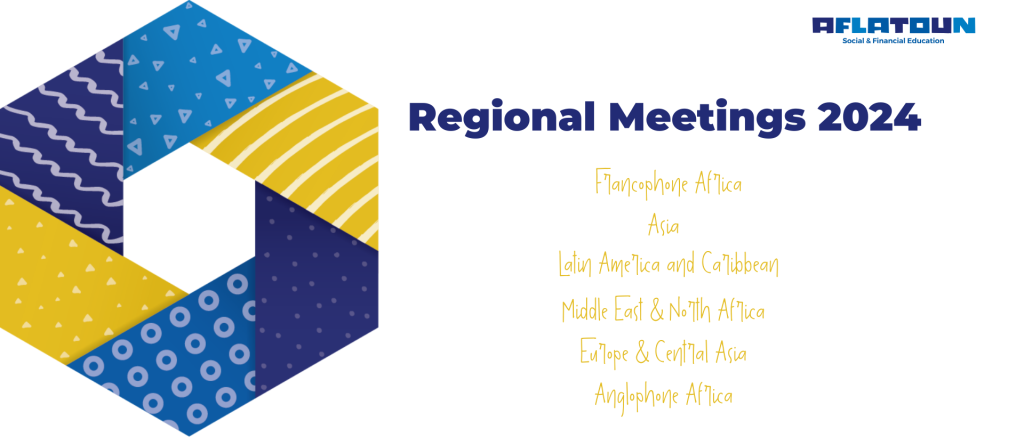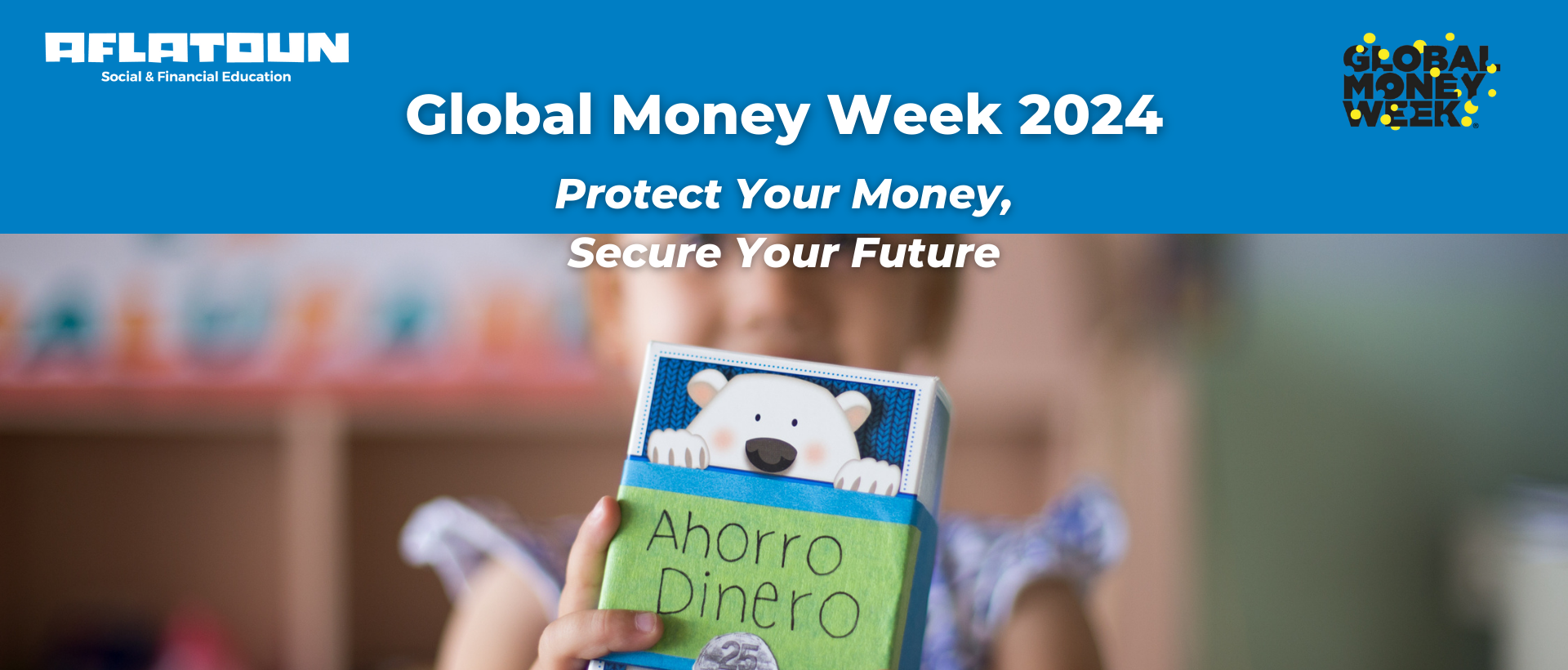UN Charter (article 55) states that international peace is inextricably linked to “conditions of economic and social progress and development”.
As we commemorate the International Day of Peace on September 21st, it is a time for reflection and a call to action. This year’s theme, “Act Now for a Peaceful World“, is not merely a suggestion, it is an urgent imperative that demands immediate response. We cannot wait for tomorrow to build peace; we must act NOW, in this moment, with every generation in front of us today.
While peace is often associated with the absence of conflict, its foundations are built on something far more profound: the empowerment of individuals through education happening for everyone right NOW.
Specifically, financial and social literacy (SFL) are the unseen architects of a more peaceful and sustainable world. In this blog, we will explore five key ways in which these literacies are intrinsically linked to peace and sustainable development, their impact across different age groups and vulnerable populations, and their connection to green transitions essential for our planet’s future, all while emphasizing that the time for action is now.
The Interwoven Fabric of Literacy and Peace: Before we delve into the specific pathways to peace, it is crucial to understand the fundamental connection between literacy and a peaceful society. Financial literacy empowers individuals with the knowledge and skills to manage their financial resources effectively, fostering economic stability and reducing the desperation that can fuel conflict. Social literacy, on the other hand, equips individuals with the emotional intelligence and interpersonal skills necessary to navigate complex social landscapes, resolve disputes peacefully, and build cohesive communities. Together, they form a powerful synergy that addresses both the structural and interpersonal root causes of conflict.
Six ways Social and Financial Education (SFE) support peace
Building on extensive research, here are six key ways these literacies create peace, with attention to their impact across different populations and their connection to sustainable development:
1. Reducing violence through Social-Emotional Learning (SEL)
Social literacy, taught through Social-Emotional Learning (SEL) programs, has a demonstrable impact on reducing violence. Research shows that students in schools with SEL programs are 42% less likely to report involvement in physical aggression and there is a 20% reduction in the bullying of students with disabilities. By teaching self-awareness, empathy, and conflict resolution skills, SEL provides individuals with the tools to manage their emotions and interact with others in a non-violent manner.
The cross-generational impact extends from 42% reduction in school violence to decreased domestic violence rates among financially literate women. For vulnerable populations, refugee children in SEL programs show faster integration and reduced trauma symptoms. The environmental connection emerges as environmental education combined with SEL creates climate activists rather than climate protesters.
2. Fostering economic stability and reducing conflict drivers
Financial literacy is a cornerstone of economic stability, which in turn is a critical component of a peaceful society. In fragile and conflict-affected states, where only 19% of adults have a formal financial account compared to the global average of 62%, the demand for financial services is paradoxically higher due to extreme volatility. Financial literacy empowers individuals to access and utilize these services, enabling them to build businesses, invest in education, and weather economic shocks.
Women’s empowerment through financial independence reduces their vulnerability to violence and increases their leadership in peace processes. Inclusion of other vulnerable groups and refugee integration benefits as access to financial services enables economic participation and reduces tensions with host communities. The green transition connection allows participation in sustainable economic opportunities through green finance literacy.
3. Combating corruption with transparent financial systems
Corruption is a significant obstacle to peace and sustainable development, eroding trust in institutions and fueling grievances. Financial literacy plays a crucial role in combating corruption by promoting the use of transparent digital financial systems. A study in India on the use of SmartCards for government payments found that digitizing transfers reduced bribe demands by 47%. When citizens are financially literate, they are better equipped to navigate these systems, demand accountability, and contribute to a more transparent and just society.
Digital transparency through 47% reduction in bribe demands builds trust in institutions. Financially literate women are more likely to report corruption and demand accountability. Climate governance benefits as transparent climate finance reduces conflicts over resource allocation.
4. Building Community Cohesion Through Enhanced Social Skills
Social literacy is the bedrock of community cohesion. SEL programs have been shown to not only reduce violence but also to improve academic achievement by 13% and reduce dropout rates by 5-12%. These outcomes demonstrate that when individuals are equipped with strong interpersonal skills, they are better able to build positive relationships, resolve conflicts constructively, and contribute to a cohesive and supportive community.
Intergenerational learning through financial literacy programs that include multiple age groups builds stronger community bonds. Migrants with social literacy skills become cultural mediators and community leaders. Environmental cooperation emerges as shared green finance projects create common interests across different groups.
5. Enhancing crisis response, resilience, and green transitions
In times of crisis, financial and social literacy are essential for individual and community resilience. In Somalia, for example, improved financial compliance, a direct result of increased financial literacy, secured access to international banking, enabling the flow of vital remittances to families. In Ukraine, the Digital Data Corridors initiative is helping refugees leverage their credit histories to access financial services in host countries.
The Green Transition Connection: Climate change is a threat multiplier that exacerbates existing conflicts and creates new sources of tension. Financial and social literacy play crucial roles in enabling the green transitions necessary for sustainable peace. Sustainable finance literacy encompasses the knowledge and skills needed to make informed decisions about green financial products, including understanding carbon credits and environmental impact investing, accessing green microfinance for sustainable business development, participating in community-based environmental projects, and making consumer choices that support sustainable development.
Climate finance can directly contribute to peace building when properly designed and implemented. Financial literacy enables communities to access climate adaptation funding to build resilience against environmental shocks, participate in carbon offset programs that provide alternative livelihoods, develop sustainable agriculture and renewable energy projects that reduce resource conflicts, and build early warning systems and disaster preparedness that prevent climate-induced displacement.
6. The Golden Thread: Connection to Sustainable Development Goals
The connection between literacy, peace, and sustainable development is enshrined in the United Nations’ Sustainable Development Goals (SDGs). SDG 16, “Peace, Justice and Strong Institutions,” explicitly recognizes that we cannot hope for sustainable development without peace, stability, human rights, and effective governance. The Humanitarian-Development-Peace (HDP) Nexus approach emphasizes the need for coordinated interventions that address the root causes of crises and build long-term resilience. Financial and social literacy are central to this approach, as they empower individuals and communities to break the cycle of poverty and violence and build a more sustainable future.

